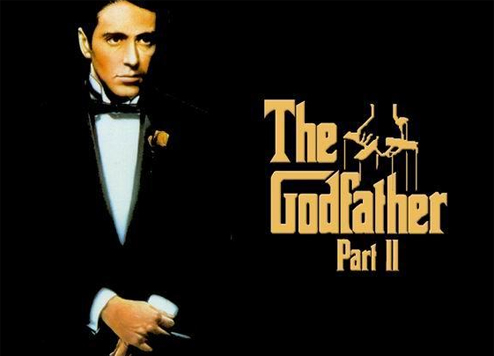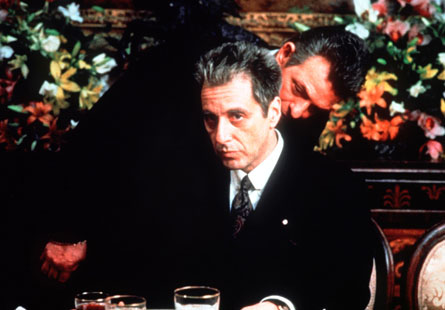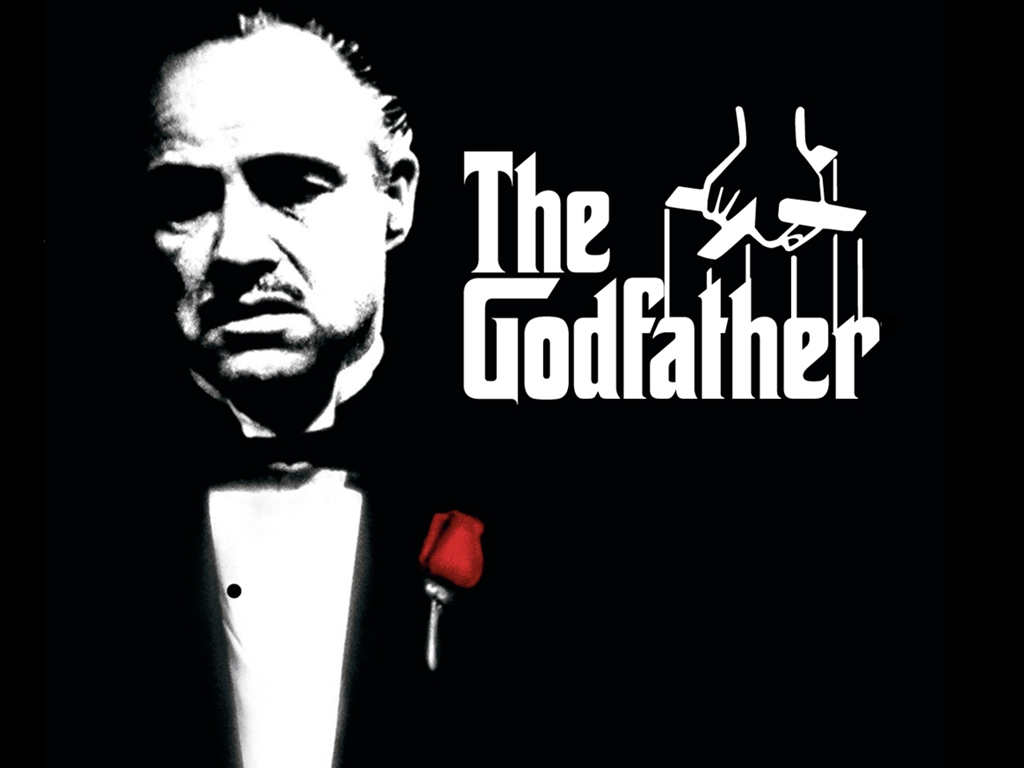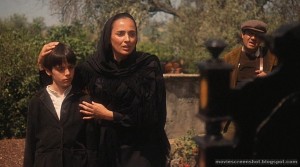In “You’ve Got Mail” (1998), Tom Hanks suggests the answers to all life’s questions can be found in “The Godfather”. Not as ridiculous as it sounds, because Francis Ford Coppola’s masterpiece reveals something new every time you watch it.
The family that slays together, stays together, and that’s certainly the case for the embattled Corleone clan. Caught up in the middle of a bloody gang war, Don Vito’s doomed quest to make his family respectable is dealt a body blow when his youngest son Michael, a decorated war hero and lawyer, is inexorably sucked into a life of murder and violence.

Marlon Brando was considered box office poison when he was cast as the ageing Don, and his hamster-cheek performance launched a thousand parodies (Even Brando got in on the act, mocking himself mercilessly in “The Freshman” (1990).
His performance as Don Corleone won him an Oscar and sealed his reputation as perhaps America’s greatest film actor – a claim he bolstered with “Last Tango in Paris” later that year. Packed with more classic lines than any movie deserves to have (“I’ll make him an offer he can’t refuse”), “The Godfather” won an Oscar for best picture, became a world-wide smash, and marked career watersheds for James Caan and Robert Duvall.

For Al Pacino and Francis Ford Coppola, however, the best was yet to come with “The Godfather Part II” (1974), one of the few sequels to surpass the original. “I’ll make him an offer he can’t refuse.” So said Marlon Brando in “The Godfather”, but it could just as easily have come from Paramount vice-president Robert Evans when he plucked film school graduate Francis Ford Coppola from almost total obscurity and offered him the chance to direct the movie version of Mario Puzo’s phenomenally successful bestseller.
Coppola wanted Brando as Don Corleone and Al Pacino as his son Michael, and he threatened to quit if he didn’t get his way. He also cast several members of his own family, including his sister. The result was triumph: three Oscars, critical raves, and record-breaking business across the globe. Brando priced himself out of the sequel, so Coppola cast Robert De Niro as the younger Don.
 Pacino returned but came down with pneumonia during the shoot, while James Caan made a brief reappearance in a flashback scene. The result? Six more Oscars, with Coppola winning the best director prize he’d lost to Bob Fosse in 1972. 16 years later, a cash-starved Coppola returned to the scene of his greatest triumph with a second sequel.
Pacino returned but came down with pneumonia during the shoot, while James Caan made a brief reappearance in a flashback scene. The result? Six more Oscars, with Coppola winning the best director prize he’d lost to Bob Fosse in 1972. 16 years later, a cash-starved Coppola returned to the scene of his greatest triumph with a second sequel.

Pacino returned; so did Diane Keaton. But when Winona Ryder collapsed from overwork, the director unwisely decided to give her role to his daughter Sofia. Though Part III wasn’t a disaster, it could never hope to scale the heights reached by the first two films. But that hasn’t scotched persistent rumours of a fourth instalment, with Leonardo DiCaprio heavily tipped at one point to take a leading role.



One Response to The Godfather Trilogy